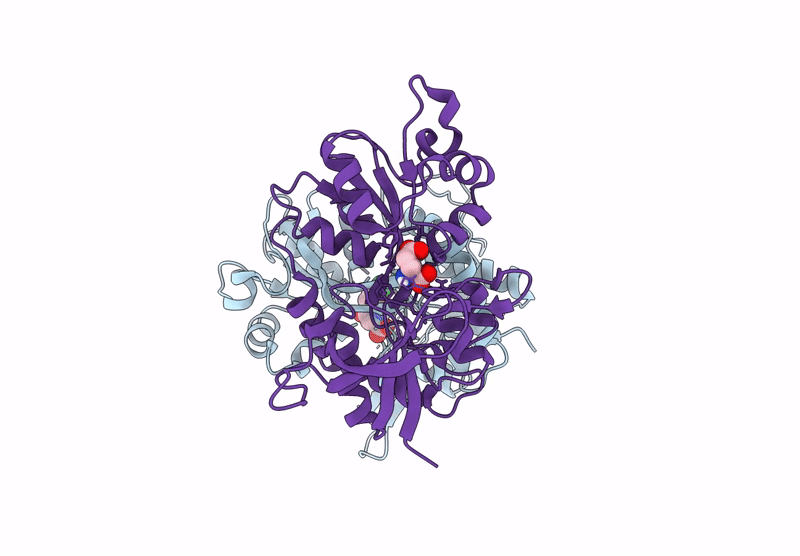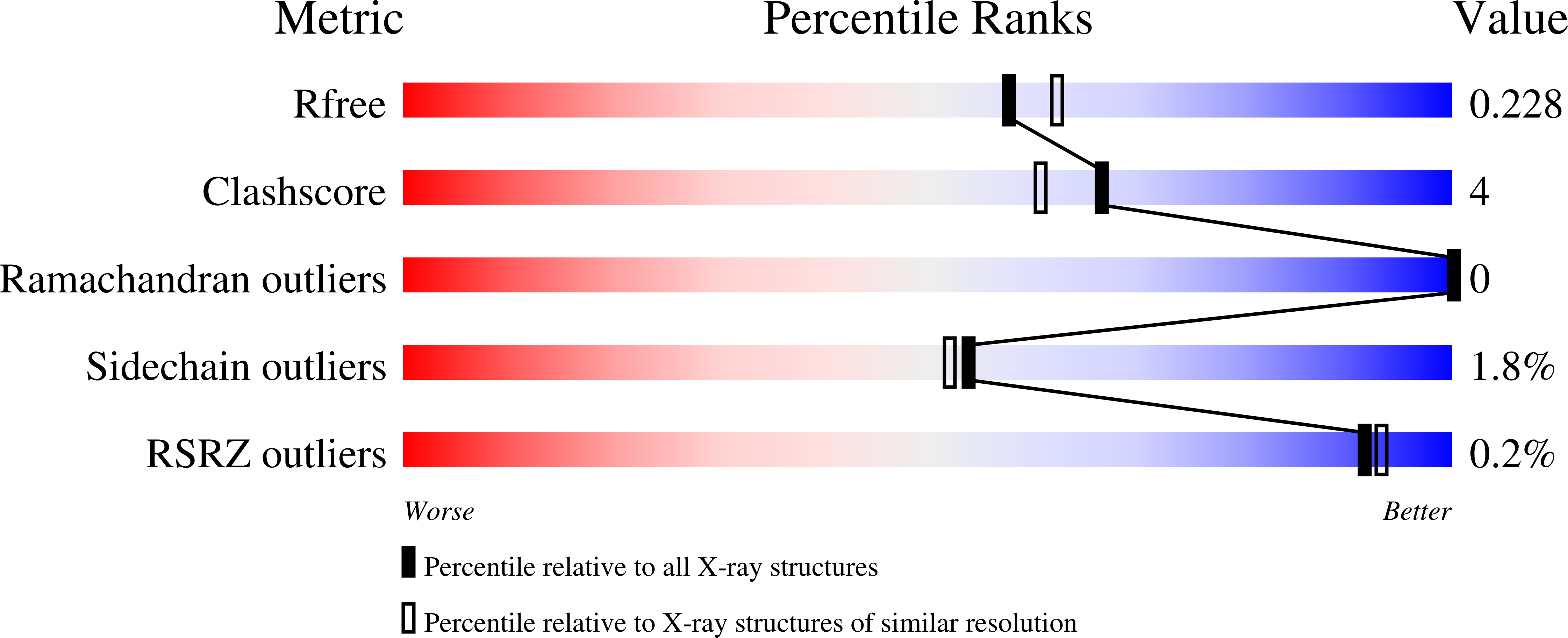
Deposition Date
2024-08-22
Release Date
2025-03-12
Last Version Date
2025-04-16
Entry Detail
PDB ID:
9DA9
Keywords:
Title:
Crystal structure of GluN1/GluN2A agonist-binding domains in complex with 7CKA and glutamate
Biological Source:
Source Organism:
Rattus norvegicus (Taxon ID: 10116)
Host Organism:
Method Details:
Experimental Method:
Resolution:
2.05 Å
R-Value Free:
0.22
R-Value Work:
0.16
R-Value Observed:
0.17
Space Group:
P 21 21 21


